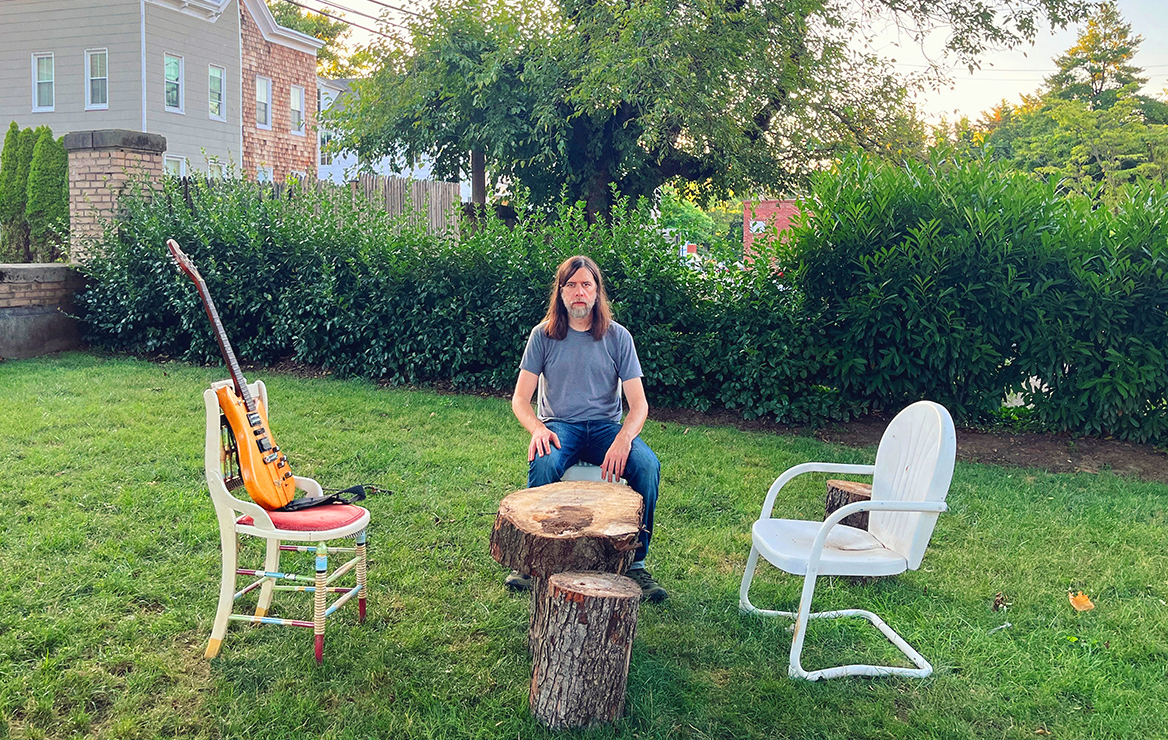Dave Heumann | Arbouretum | Interview | New Solo Album, ‘Guitar Tapes Vol 1’ | Album Premiere
Exclusive album premiere of ‘Guitar Tapes Vol 1’ by Dave Heumann (of Arbouretum), out September 16th, 2022 via Sun Cru.
‘Guitar Tapes Vol 1’ is a fantastic new solo album by Dave Heumann. The record aligns with Dave’s psych folk background and ever-explorative guitar mastery. It’s a record filled with music for the journey, for the traveler and the traveler’s visions. As with much of Dave’s catalog, the music is largely inspired by natural environments.
Pre-orders for the CD and the vinyl begin August 19. The CD will start shipping September 16, and the vinyl will begin shipping in April 2023. The vinyl comes in sky blue and classic black.
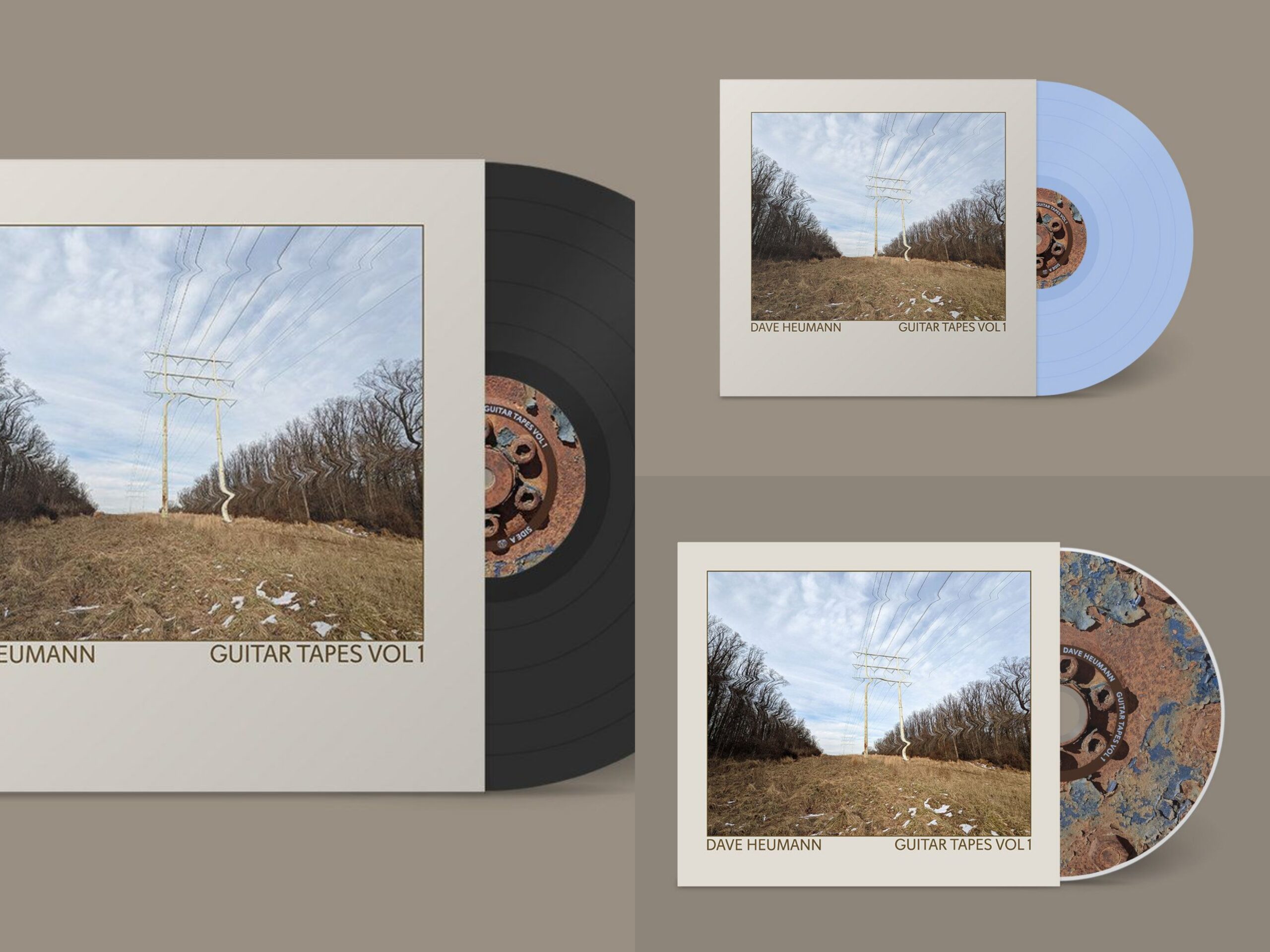
Dave Heumann’s newest solo record, ‘Guitar Tapes Vol 1’, is music for the journey — exquisitely improvised electric guitar for the traveler and the traveler’s visions. Not that you need to be on the move to love this record — you could be as still as cool water in the well, with everything inside you, overlaid inside, the woods of the world passing around you and into periphery, and the stories this music tells would be no less transportive. It is your world, after all, and always has been, and Dave, with this music of heartening, amaranthine growth, gives articulation to the silent, knowing nature within — the nature that you know you are. ‘Guitar Tapes Vol 1’ integrates calm observance with delighted, buzzy excitement, offering views that stretch out upon multiple horizons, light and dark, merging spontaneously into the steady walk that is your mind. Your mind is walking, at once transported and grounded, perceiving subtle seismic shifts beneath the arbours. The journey of this record is inward going outward. Prismatic and tessellated. A tribute to trusting yourself, without question, to know the way, to make the right move, in the moment. To take what you know and to improvise on the basis of that knowledge. We are humbled and overjoyed to offer these very limited-edition artifacts from a musical icon and innovator whose profound engagement with music, close listening, and sonic storytelling continues to inspire and reward fans, musicians, and spiritual voyagers the world over.
— Sun Cru
Dave Heumann’s notes on production:
“This collection was compiled from recordings made throughout December 2021 and January 2022, almost entirely in the late evening hours. None of the music here was composed prior to being played, and no overdubs were added after the fact. Everything was recorded with a mono source coming directly from the recording output of a tube amp into an audio interface, and some plugins were used in mixing for tonal coloring and for widening the stereo field”.
Excerpt from Steve Johnson’s liner notes:
“The magic hour’s grand changeover can be heard rendered in a tenor drone amidst the granular sputtering of upper register modal runs that flutter like bats in a crepuscular feast of echo-location, each patiently waiting for their call to propagate through the rarefied slap-back air. The trail, stony underfoot, played out in an ever-unfurling tone to be followed to the outermost edge where the elevation drops”.
“I’m interested in using arrangements of notes to communicate states of consciousness”
What led you to start working on ‘Guitar Tapes Vol 1’?
Dave Heumann: I’d been done with the ‘Wilderness Road’ score for a few months at this point and wanted to turn my attention towards the guitar for a bit. While I was working on the film score, there were sometimes days that would go by when the entirety of my “working on music time” was spent with software and my MIDI controller, and I didn’t pick up the guitar at all. Of course, the guitar, like any instrument, does require that attention be paid regularly to it, otherwise you lose technical proficiency. While not being a chops-oriented player at all, I find that I do need to maintain a certain level of skill so that the notes will be there when I go for them. I need to be able to play well enough so that my actions match my intentions.
So, mindful of this need to maintain a basic level of competence, I recorded all these sessions, which were sort of practice but not really. After I compiled the best bits, I had enough for an album.
So the lockdown was creative for you?
In general, yes. It didn’t start off being that way, but I was able to pick up speed after a point, once I was better able to put aside this continually unfolding breakdown in public health, with all its attendant anxieties and paranoia.
The album is a collection of seven electric guitar improvisations. How do you usually approach music making?
It really depends on what I’m focused on at the moment, or what I feel like I’m most capable of at the time. For me, there is no set routine or single way of doing things. When I recorded the music that became ‘Guitar Tapes Vol 1’, I had an overriding objective, and that was to record guitar improvisations. I didn’t have a score to compose, and for the most part I wasn’t feeling too connected to songwriting, like I might be if I had a goal of putting together material for an Arbouretum album. When I’m working on songwriting, I’ll be doing different things, like going on walks to try and shake loose ideas, going to the pool to work out lyrics…I have different methods that I use to bring about different desired outcomes. In this case, I’d just go downstairs into the home studio, plug in, hit record, and hope to feel guided towards something that felt like a worthwhile expression.
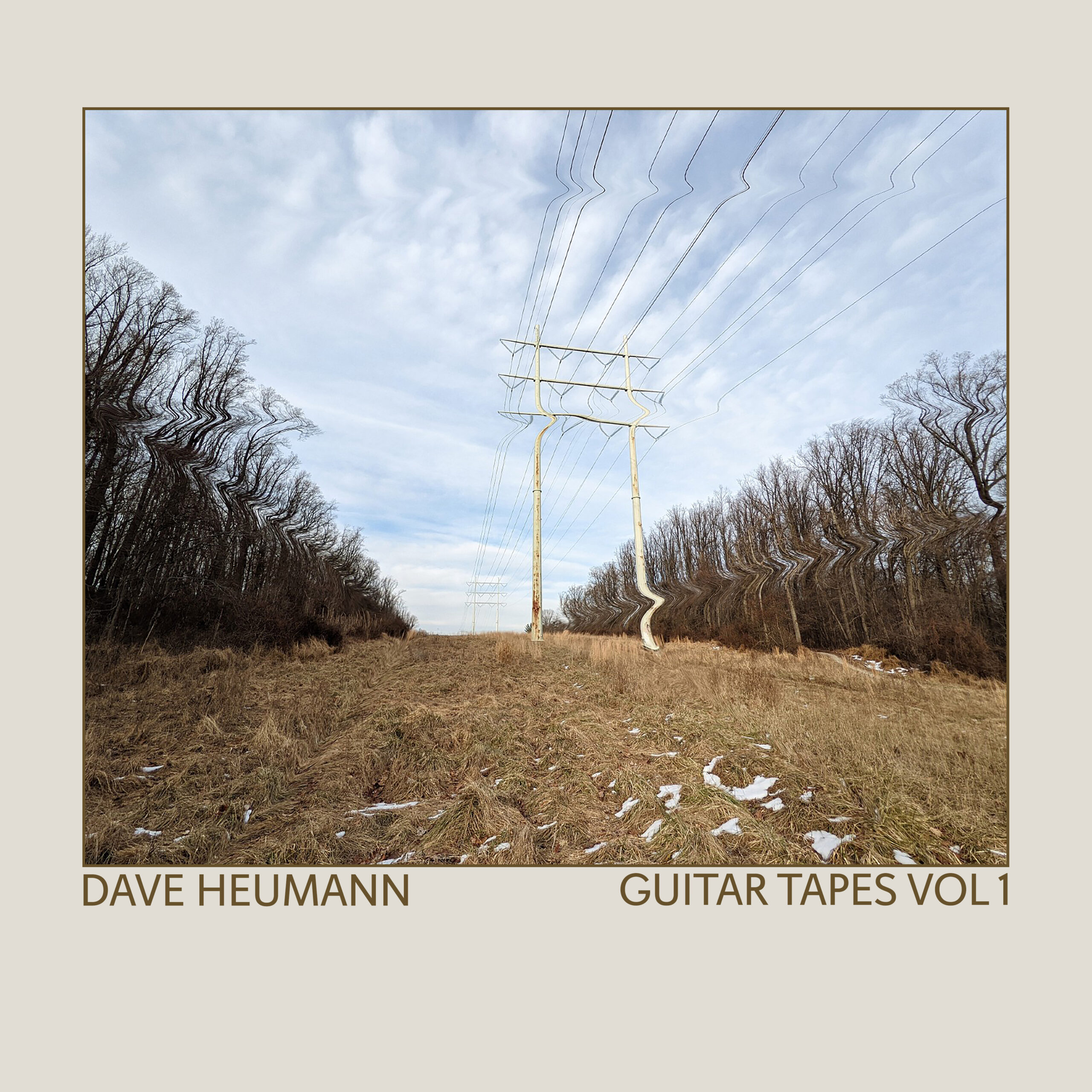
Although improvisations, there seems to be a strong connection between the tracks. Would you like to share what kind of concept you had in mind?
One of the main things connecting the tracks is just that I recorded them around the same time. I think the span of time between my first recording of the series and the last one was less than a month. So this made the project a sonic diary of sorts. During any given month in my life, there isn’t likely to be a significant difference in my wardrobe, I’ll have the same car, live at the same address, have the same partner, and probably eat similar types of food. So with this recording, I used the same guitar through the same setup. I had just gotten a new effects pedal that was fun to explore too, so I used that on most of the tracks. I also tended to record all of these sketches at around the same time each day, which was late at night. I believe that these things gave the project continuity.
Can you share some further details on how your latest album was recorded?
I have an audio interface that I use to go into my computer, and I use Logic Pro as my DAW. I also have a tube amplifier that has a very good-sounding recording out, which models the sound of a speaker with a microphone on it. So I run a cable from the amp into my interface, and I can record that way, with headphones in. If it’s 3am and I want to play and record and not wake anybody, I can do this.
The studio is in the basement. We have one of those curved plexiglass covers that fits over a basement window, and it’s just a few feet from where I sit. During December and January in Maryland, there is a good amount of precipitation, mostly rain but sometimes sleet or freezing rain, and so there was often something rattling the plexiglass window cover while I’d be recording. This of course never made it onto the recording, but I think it often impacted the mood from my perspective.
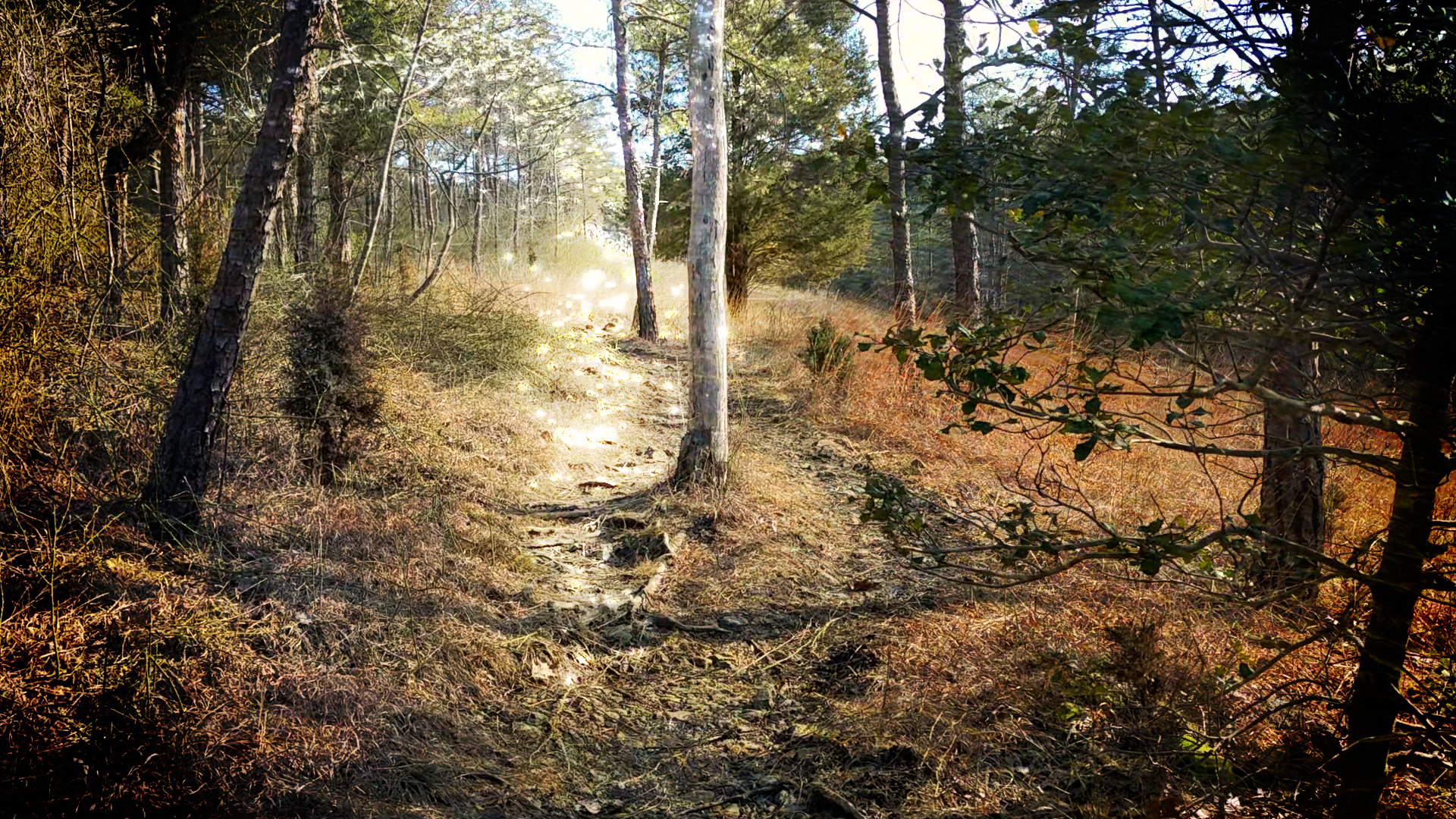
Would you like to share some words about previous solo releases like, ‘At heights we sway, At depths we speak’, ‘Peregrine Themes’, ‘Cloud Hands’ and ‘Here In The Deep’ and how would you compare it to your latest album?
In some ways, this album is the sequel to ‘Cloud Hands’ in that it’s a guitar album. The differences are that they were recorded years apart from one another, and also the methods were different. I often recorded sessions for ‘Cloud Hands’ at noon or 1pm after doing some Tai Chi, whereas this was recorded just before bedtime, when I’d been able to find some mental space to let my ideas and thoughts stretch out and unwind.
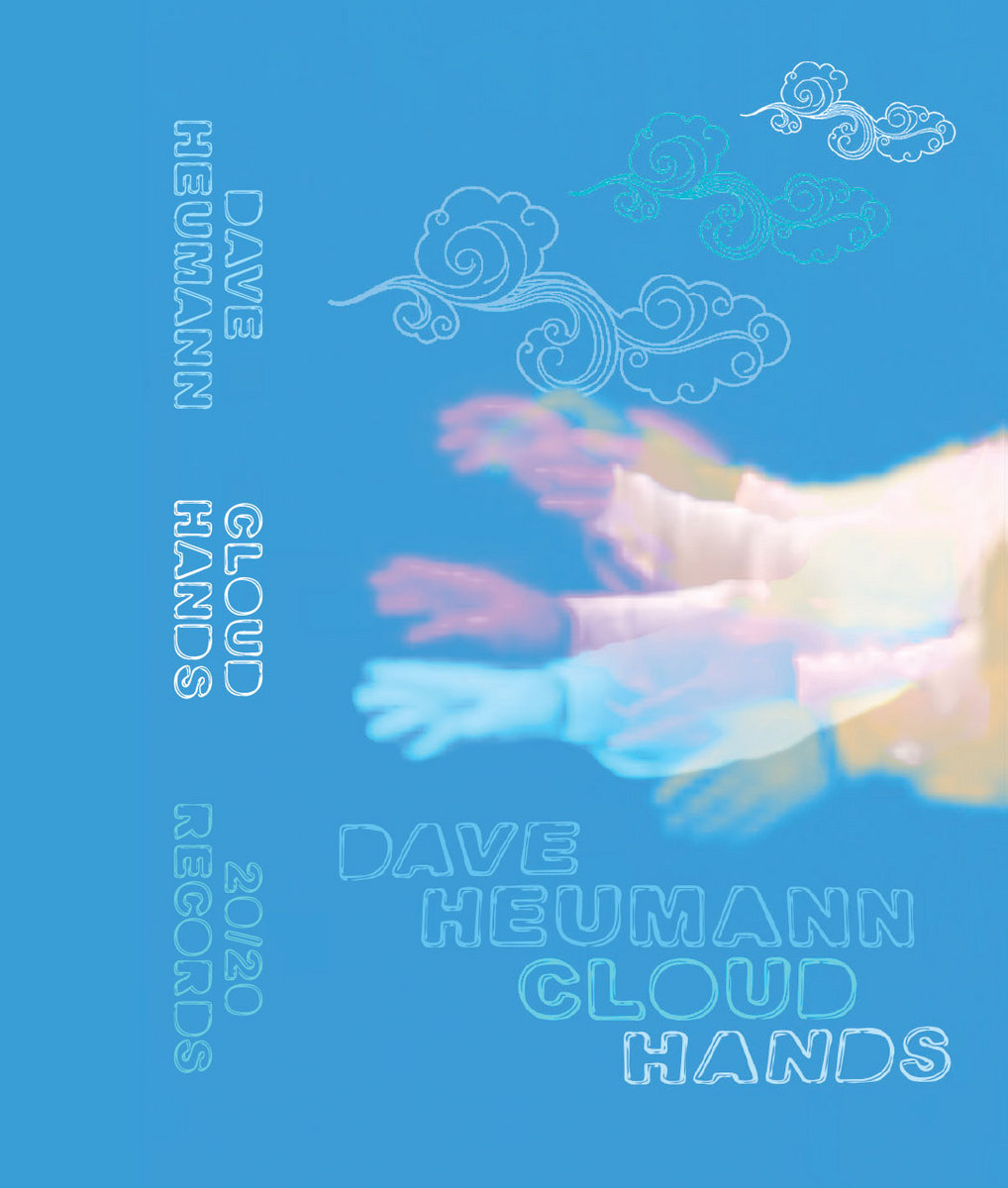
I’m really proud of ‘At heights we sway, At depths we speak’. It’s a very intentional album. I wanted to make something that connected to my ideas and understandings about ecology, something where I would try to create compelling three-dimensional soundscapes for the listener to wander within, and something that I felt could induce positive states in the listener. Everything was processed with binaural 3D audio, which needs to be listened to in headphones for it to be effective. Also, everything was tuned to 432hz, meaning that the notes are tuned relative to A4 being 432hz, rather than 440hz. I believe this made a difference in the effect that it has, listening back. These pieces were almost entirely improvised as well, the difference between it and ‘Guitar Tapes Vol 1’ being that, with ‘At heights we sway, At depths we speak’, I used synthesizers and samples too.
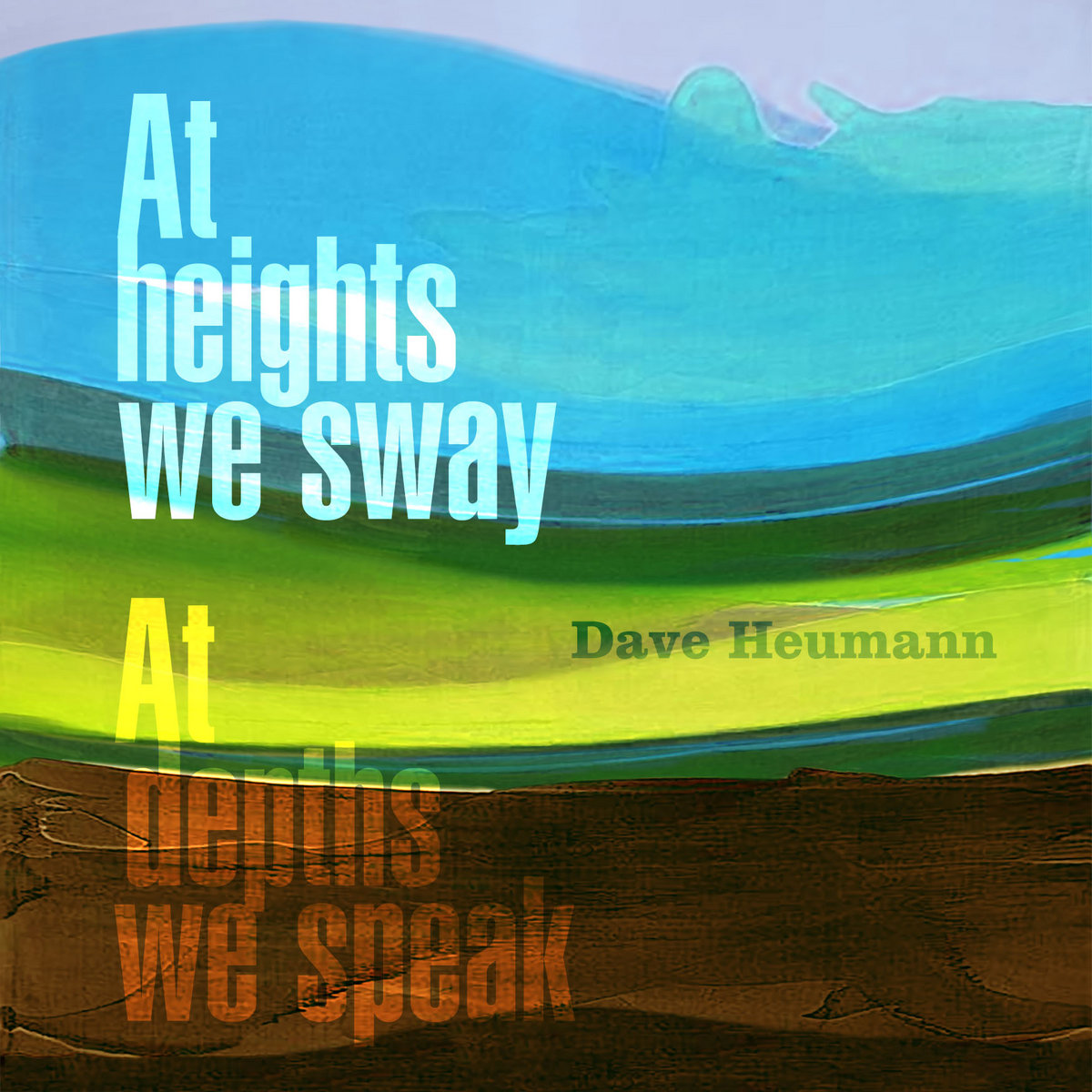
‘Here in the Deep’ was a big undertaking for me- the tracking was done at an actual studio, then I recorded some parts at home, and then it was mixed by John Parish in the UK with me being home in Baltimore and having mixes emailed by John. I had a lot of help on it too, in terms of instrumentalists and people adding backing vocals. I’m a big booster of this album and always have been. I think everyone did such great work on it, but it didn’t and hasn’t sold very well; never turned a profit. That’s ok though, I have the record to look back on and the memories of making it.
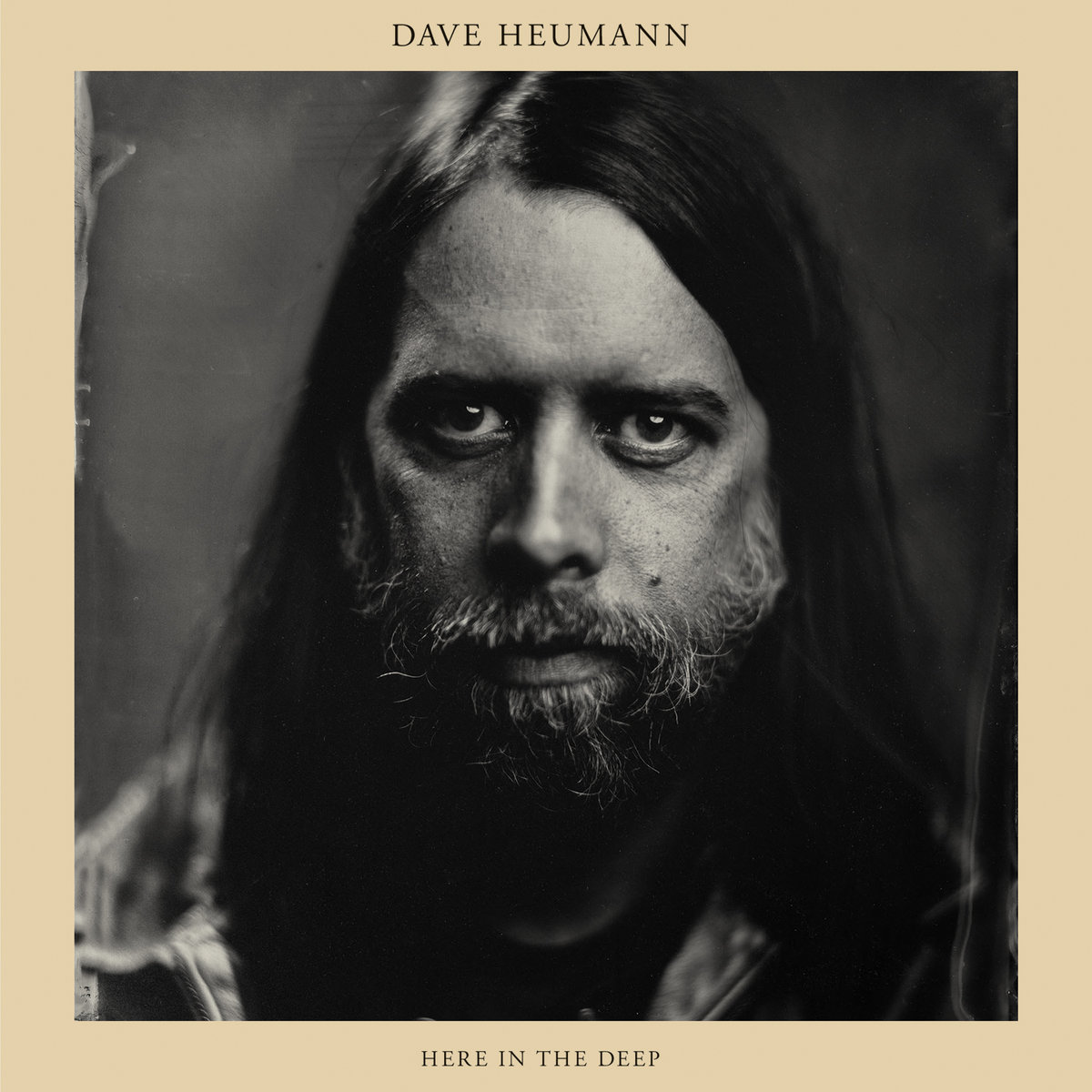
‘Peregrine Themes’ was a weird one. I started working on many of the tracks in 2018 as a response to the sense of desperation I was feeling about the political situation in the US, then stopped working on it for a while, and then started again in I think 2020 or early 2021. I love the image that David Van made for it, I love the playing that Mike Kuhl and Jarrett Gilgore contributed, but looking back I do feel that I lost some perspective on it in the course of putting it aside and picking it up again. So that’s one I haven’t listened back to much.
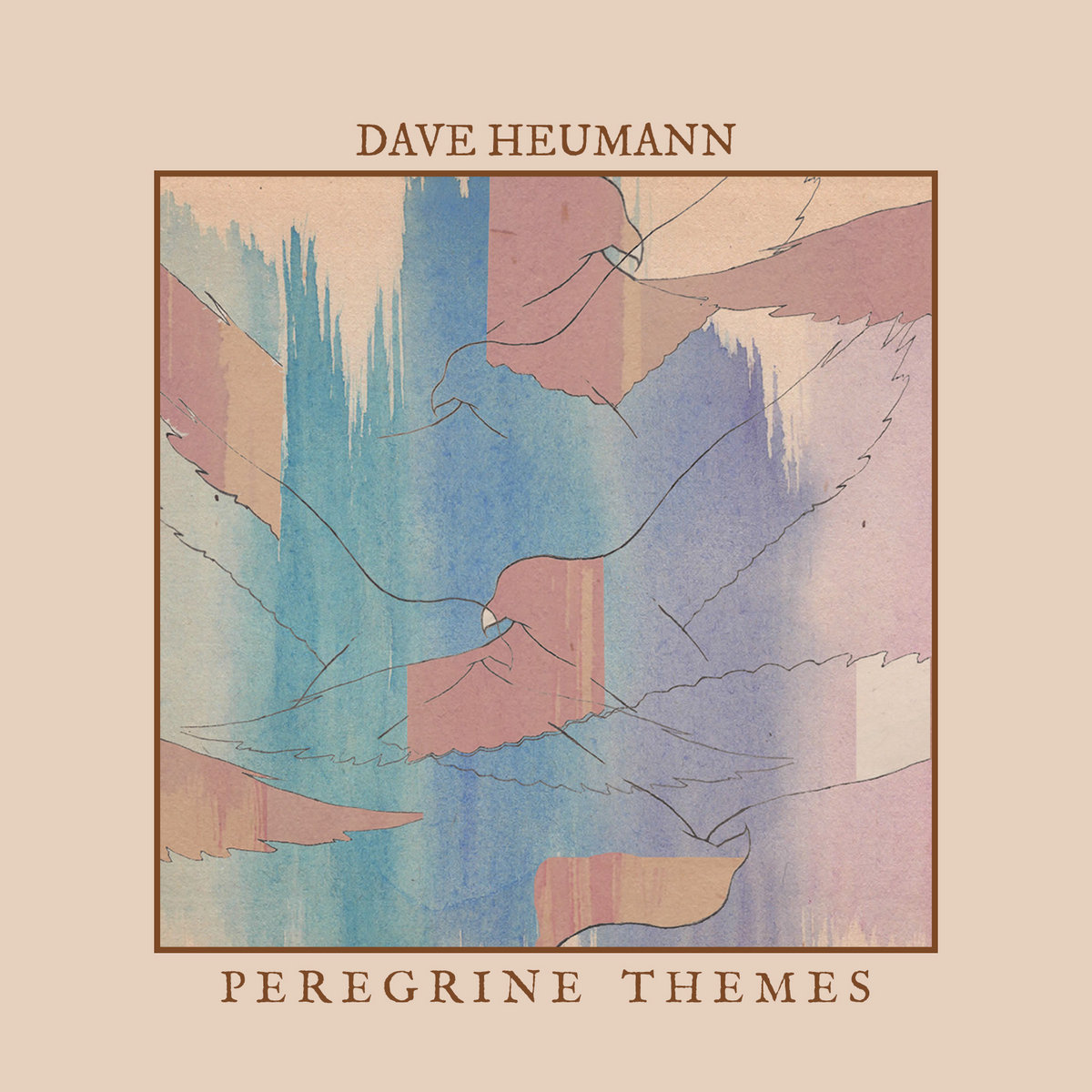
“I think of psychedelic music, what I would consider to be truly psychedelic music, to be a style of improvised music, yet it’s different than what I’d consider to be jazz music.”
What are some of the most important players that influenced your own style and what in particular did they employ in their playing that you liked?
In terms of this album specifically, the first player that comes to mind is Jerry Garcia, specifically what he did in the space segments of live shows, or perhaps during versions of ‘Dark Star’. I was definitely going for a vibe that one would call “psychedelic”. I think of psychedelic music, what I would consider to be truly psychedelic music, to be a style of improvised music, yet it’s different from what I’d consider to be jazz music. Jazz music needs to swing a certain way to be jazz, and the improvised music that I make doesn’t really do that, but it does other things using improvisation as a method. I’m interested in using arrangements of notes to communicate states of consciousness, specifically non-ordinary ones, which I think is the key to making psychedelic music. It’s about a transference of awareness from the inner, where it is experienced, to the outer, where it can be shared. Some jazz music does this. Some West African desert blues does this too. I’m interested in finding my own ways of doing this.
Moving back from that larger emphasis on intent, when I think more granularly in terms of the guitar itself, I can think of other players that have influenced this record. Bill Frisell is one. I’ve long been a fan of how he harmonizes melodies and his feel in general, but he also does a lot of really cool stuff involving loops and delays, which while it isn’t something I set out to emulate, it was something that I think informed my perspective. I feel similarly about Jeff Parker and his ‘Forfolks’ album, especially in regards to how he uses loops. It’s very creative, and though I didn’t play anything that sounds remotely like what he did on his album, hearing it did expand my perspective in terms of having an awareness of what’s possible.
I hope you don’t mind if we take this opportunity to talk about your background. One of the first bands you were part of are The Anomoanon. How did you meet Ned Oldham?
Ned moved to Baltimore in ’99 or 2000, and was looking for people to play with not long after that, and I think my name came up as someone who could play. It was through friends of friends. The members of the Anomoanon were spread out geographically. There was Aram in Charleston, SC, and Willy in Louisville, and it was a nine-hour drive between Baltimore and Louisville, between Baltimore and Charleston, and between Charleston and Louisville, So what ended up happening is that there was a sort of “Baltimore lineup” for local gigs, that also included Walker Teret on bass and sometimes guitar, and then sometimes the guys from Louisville and Charleston would come into town for recordings. In these situations, including once for a tour we did in Spain, I was the keyboard player and would contribute backing vocals.
Was there a moment when you knew you wanted to play music for the rest of your life?
I don’t remember there being a specific moment. But I was more interested in it, and better at it, than anything else I’d tried at that point. This was while I was still in high school. So I’ve identified as being a musician for a long time now, even when I was doing other things or working at actual jobs. I was very late to approaching an understanding of making music as a way of life though, and I think I’m still figuring out aspects of that.
What led to formation of Arbouretum?
Ever since high school I had bands I’d put together. Nothing ever stuck for very long. People would come and go for various reasons, and I never kept a lineup together long enough to put out a proper recording or play much at all outside of Baltimore. Then the Oldhams moved to Baltimore. Through being introduced firsthand to how Ned and Will had done things with their bands, I started to see how it was possible to play music in the world on a different and more tangibly effective level. So there was that aspect. I also took a lot from Will’s sense of openness in his role as a band leader. He didn’t tell people what to play, he just wanted the music to feel a certain way. Playing ideas that happened in the moment was encouraged, and there was a gentle push and pull between the players in the band, an inherent elasticity, that felt liberating to me.
I had been fronting a band, very much an early 2000s indie-rock-ish sort of band, that had started to dissolve, to a large extent because I had lost faith in it, and I wanted to create something new. So I started this recording project where I was working with Rob Girardi in his home studio. I’d just bring in songs, put down chords and vocal melodies, and then we’d talk about what the songs needed. Invariably they would need drums, and then they’d need bass. usually keyboards of some sort too. So that was how the first album, ‘Long Live the Well-Doer’, came about.
Of course, I needed a live band too, and initially I drew from people who had played on the album, but I was open to just about anyone playing in the band as long as they were interested in doing so and could play reasonably well. It was still hard to keep a lineup together, at first at least, but now I saw in a practical sense how it was possible to release music and tour, and that the songs themselves could give a project continuity even as the people playing them changed.
You have 10+ albums under your belt in the last 15+ years. It would be fantastic to read a sentence or two about each of your albums. What are some thoughts that run through your mind when listening to it again?
‘Long Live the Well-Doer’
A fun album to make. So many people contributed and I was learning a lot about songwriting and arranging then. It was the beginning of my collaborations with Rob Wilson on lyrics, and sometimes we had some silly ones that more or less functioned as inside jokes. However, I meant every word of “All That Will Be Has Become, All That Has Come Isn’t Gone”.
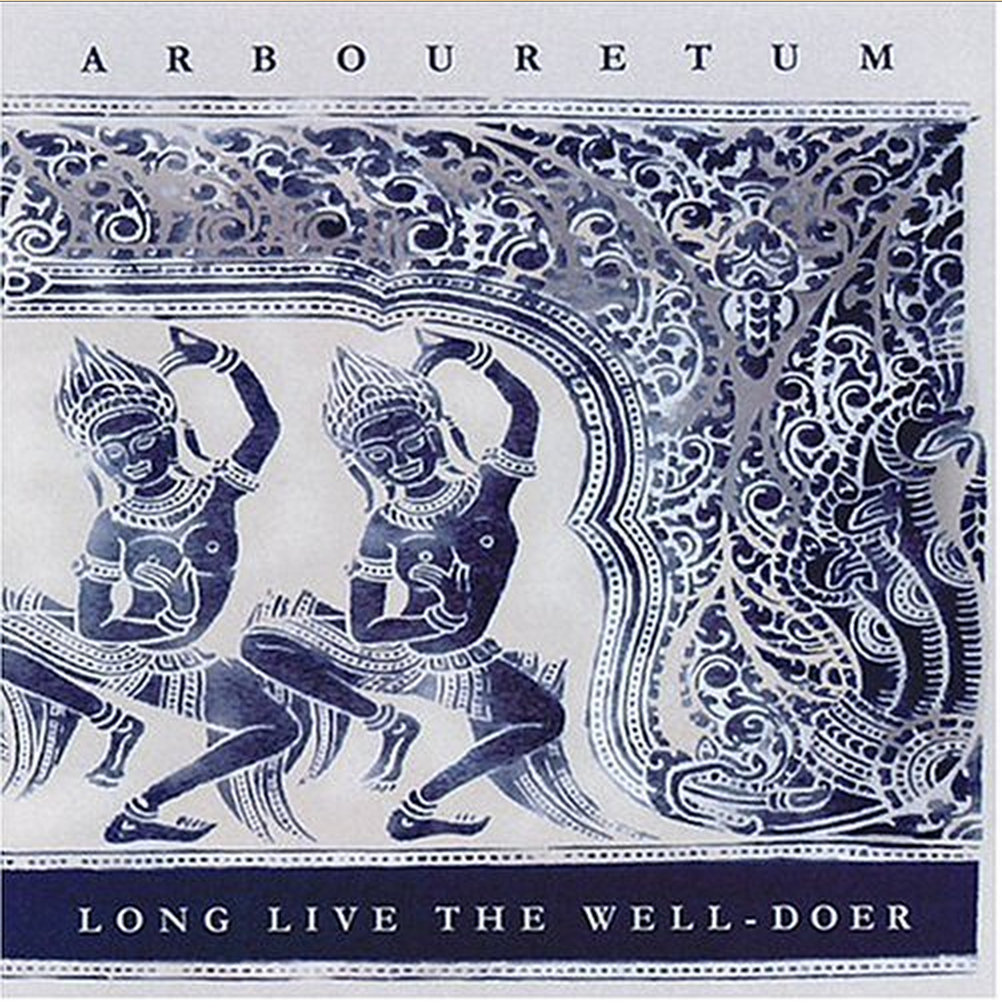
‘Rites of Uncovering’
This album was the product of three different sessions. The one that produced the most tracks for the record was done at the Magic Shop in NYC with Matt Boynton. Years later, the last session to take place there before its demolition was David Bowie’s final album, ‘Blackstar’. When all the sessions were done and we had enough songs, everything was mixed in the same console by John McIntire in Chicago, which gave it the cohesion it needed.
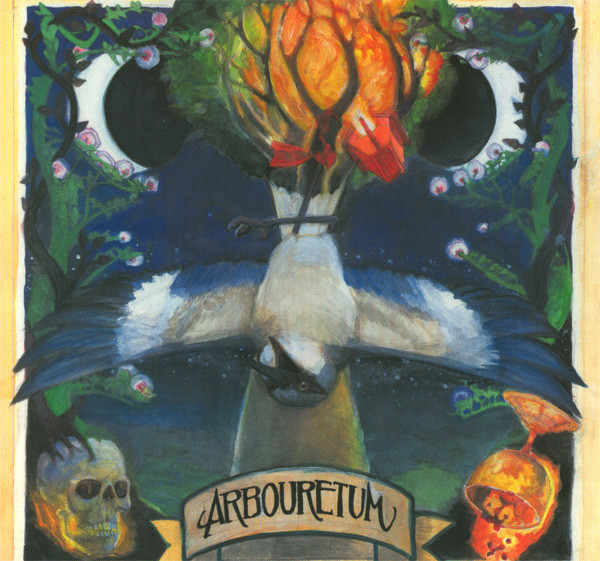
‘Vapor Trails’
I don’t know if I still own a copy of this, and in fact I remember little about having made it. One thing that sticks out in my mind was, we tracked guitar, bass, and drums, and had limited mics to work with. I called Paul Oldham for advice about recording it, and he suggested using a stereo pair of mics in an XY configuration, which is what we did.
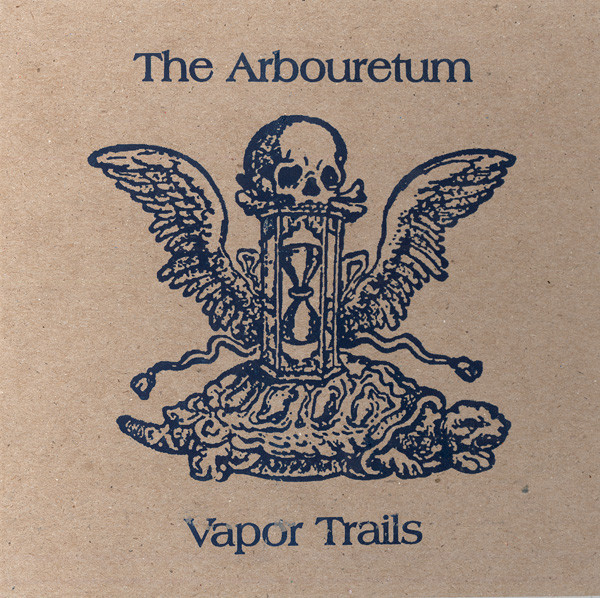
‘Kale’
We had a blast recording this one. It was recorded in a farmhouse that one of the guys in Pontiak, I believe Jennings, lived in. Lain, the youngest of the brothers, was the one at the console. I’m proud of all the tracks we did for this, and what stands out to me now was our John Cale cover, ‘Buffalo Ballet’. I still play this song sometimes.
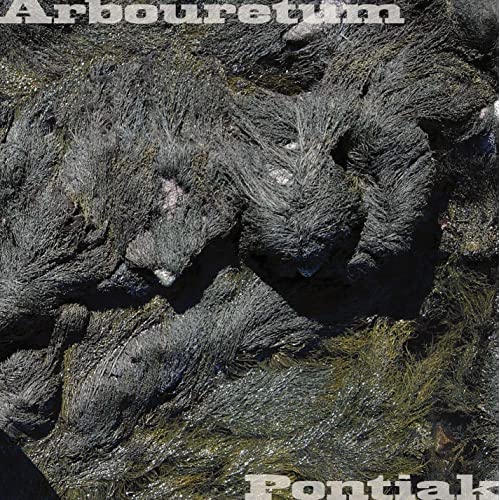
‘Song of the Pearl’
One of the standout memories from this album for me was the string section we added for the title track. This was arranged by Walker Teret and was played by him and Jay DiLisio, on bowed upright bass and violin, respectively. At that time, Jay had been playing fiddle in the most excellent old time folk band called Walker and Jay. He also did the title font for the ‘Rites of Uncovering’ front cover; he just invented the font and hand-drew it.
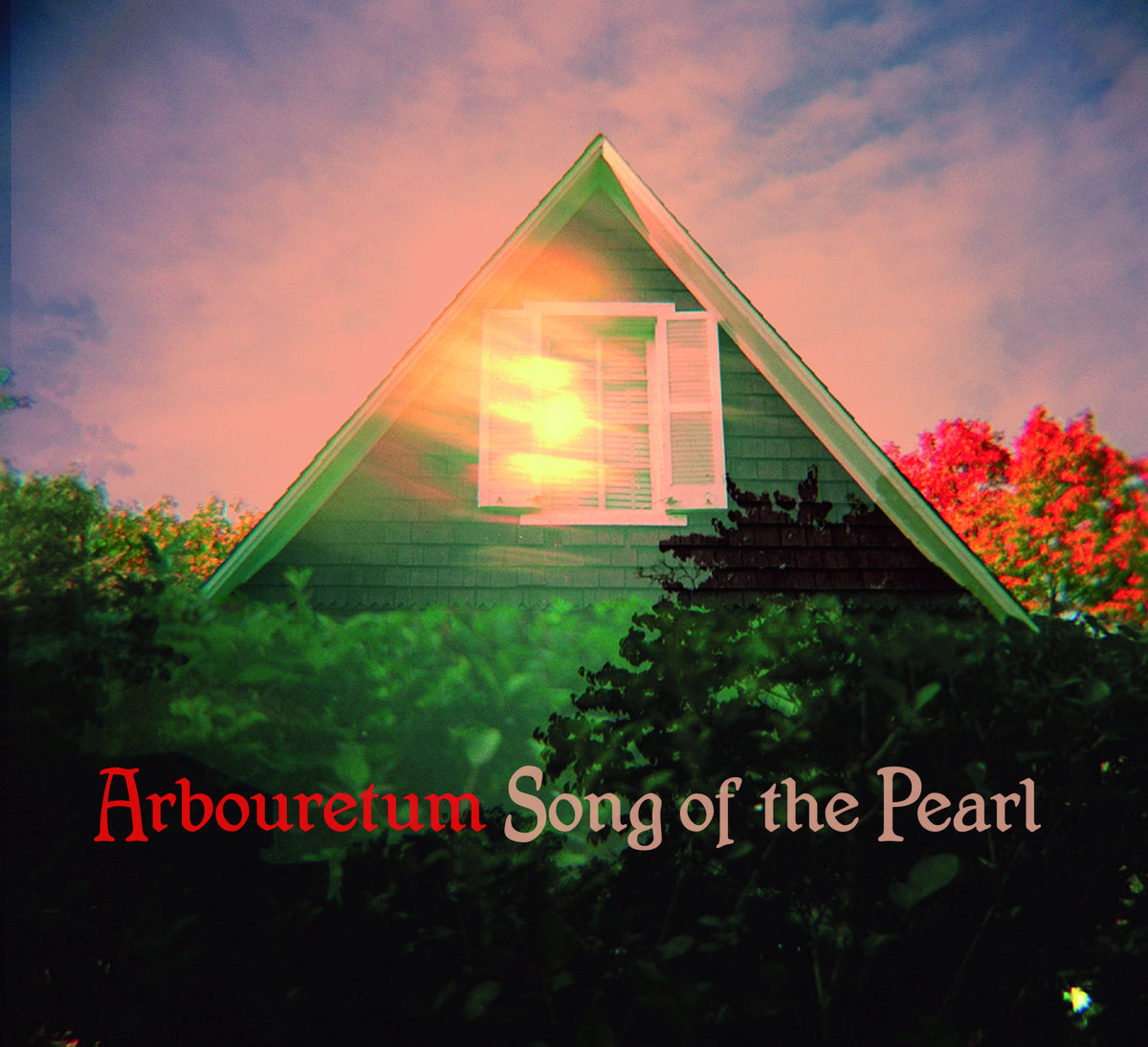
‘The Gathering’
This was the second recording we did with Matt Boynton, which was done at a spot he was running in Brooklyn called Vacation Island Recordings. It was a long, narrow building with three rooms and plexiglass windows allowing visibility between the rooms. Our cover of ‘The Highwayman’ owes its feel to Corey. We had started by playing it much faster, and it didn’t wasn’t really gelling. Corey was like “We’re approaching this all wrong. We need to slow it down, get a feel that feels like Arbouretum”. Thinking back, I’m very glad we listened to him.
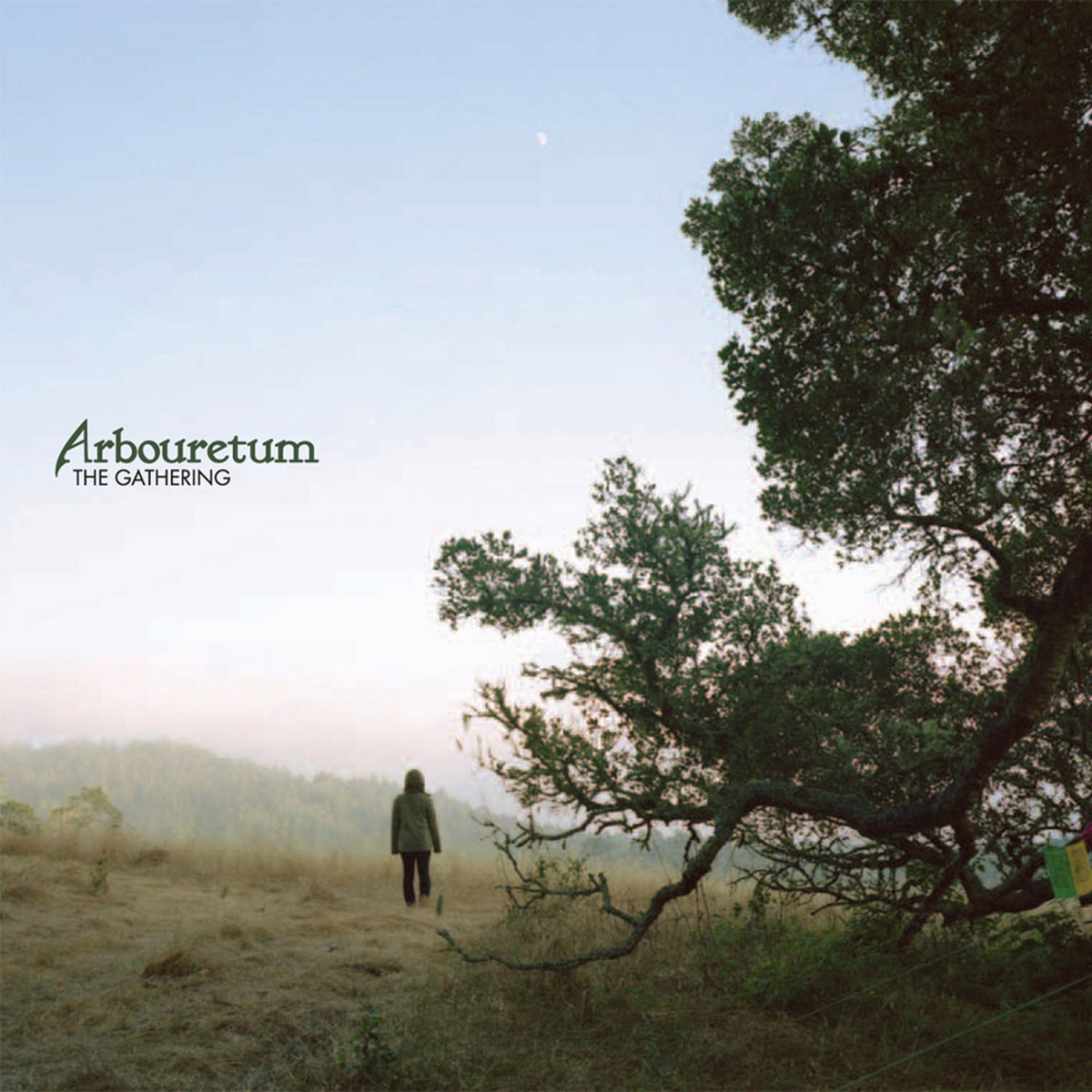
‘Aureola’
We recorded this at a studio called Developing Nations Recording, with engineer Kevin Bernsten. He was great to work with and recorded us on two-inch reel tape. The standout song on that recording for me was ‘Saint Anthony’s Fire’, which was based on a lyric idea I’d been kicking around for years and years, and had finally found a way to play that felt like an Arbouretum song. This became a favorite song of ours to play live.
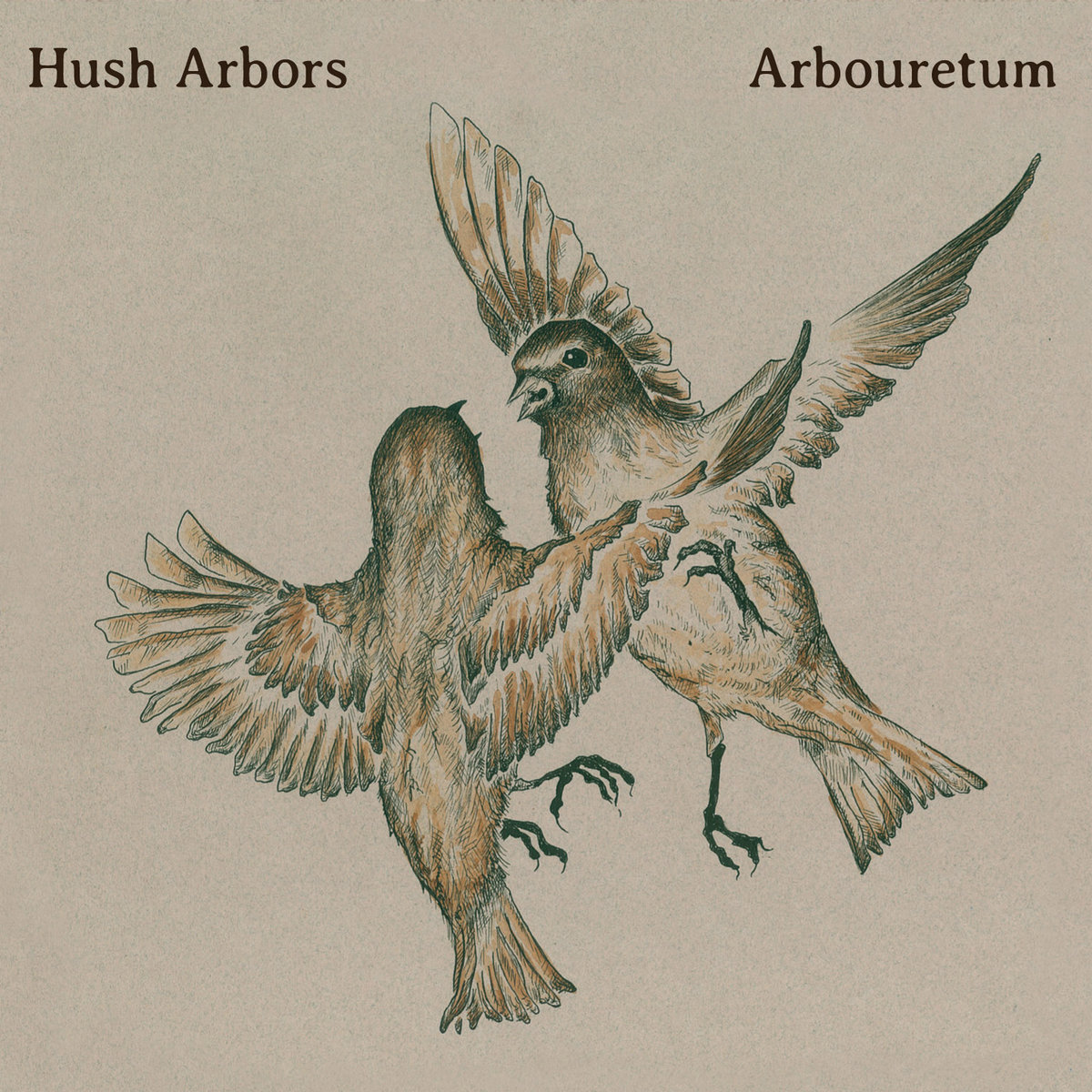
‘Coming Out of the Fog’
The pedal steel playing of Dave Hadley gave so much life to the album, even though it was only on two songs. The title track owed so much to this, and also the chord voicings that Matthew Pierce found for it on piano.
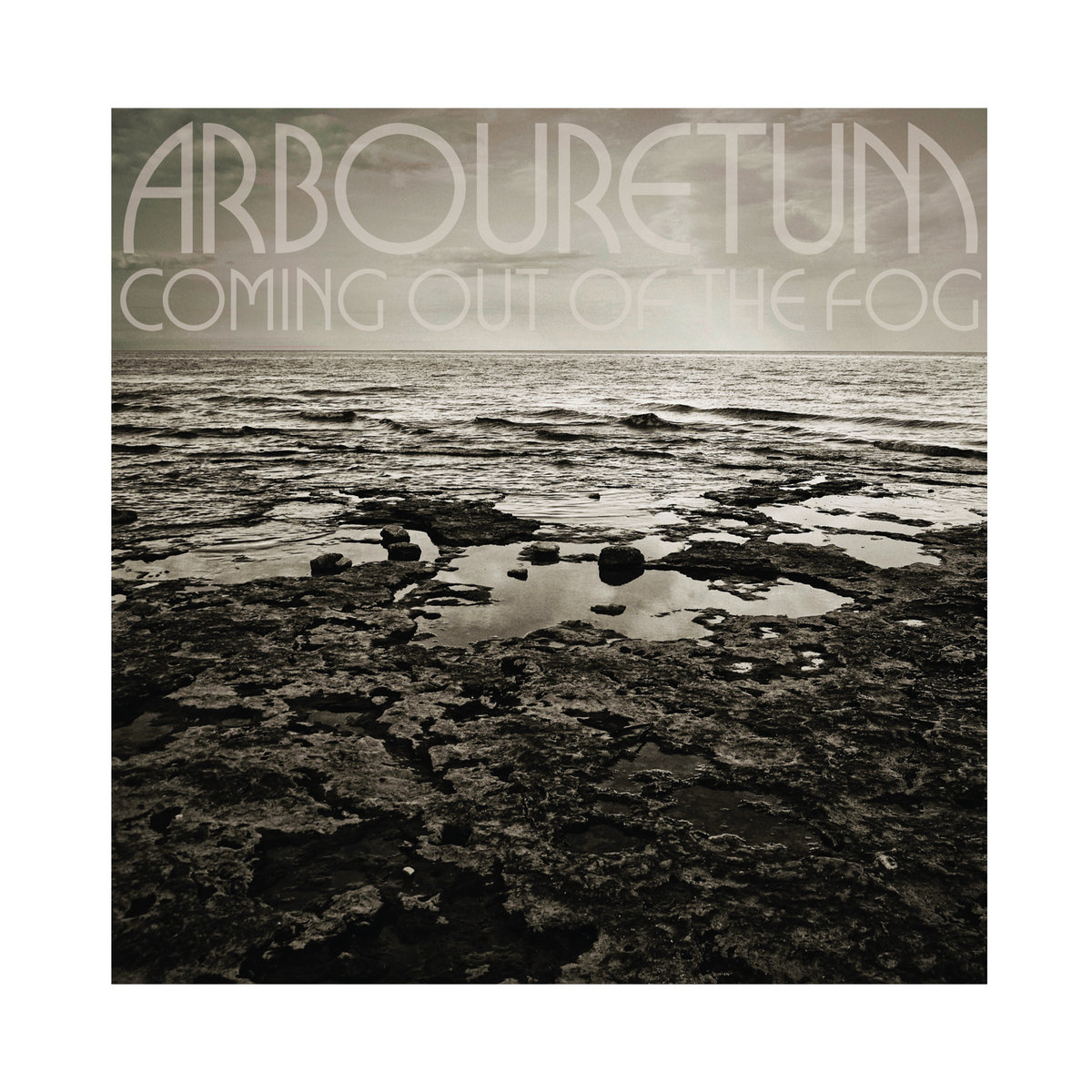
‘Song of the Rose’
The song, ‘Song of The Rose’, was part of a trilogy of sorts, held together by the words “song of the…”. There was ‘Song of the Pearl’, ‘Song of the Nile’, and then ‘Song of the Rose’. The lyrics have to do with Gnostic creation myth, and the melody is something I had been hearing in my head for as far back as I could remember.
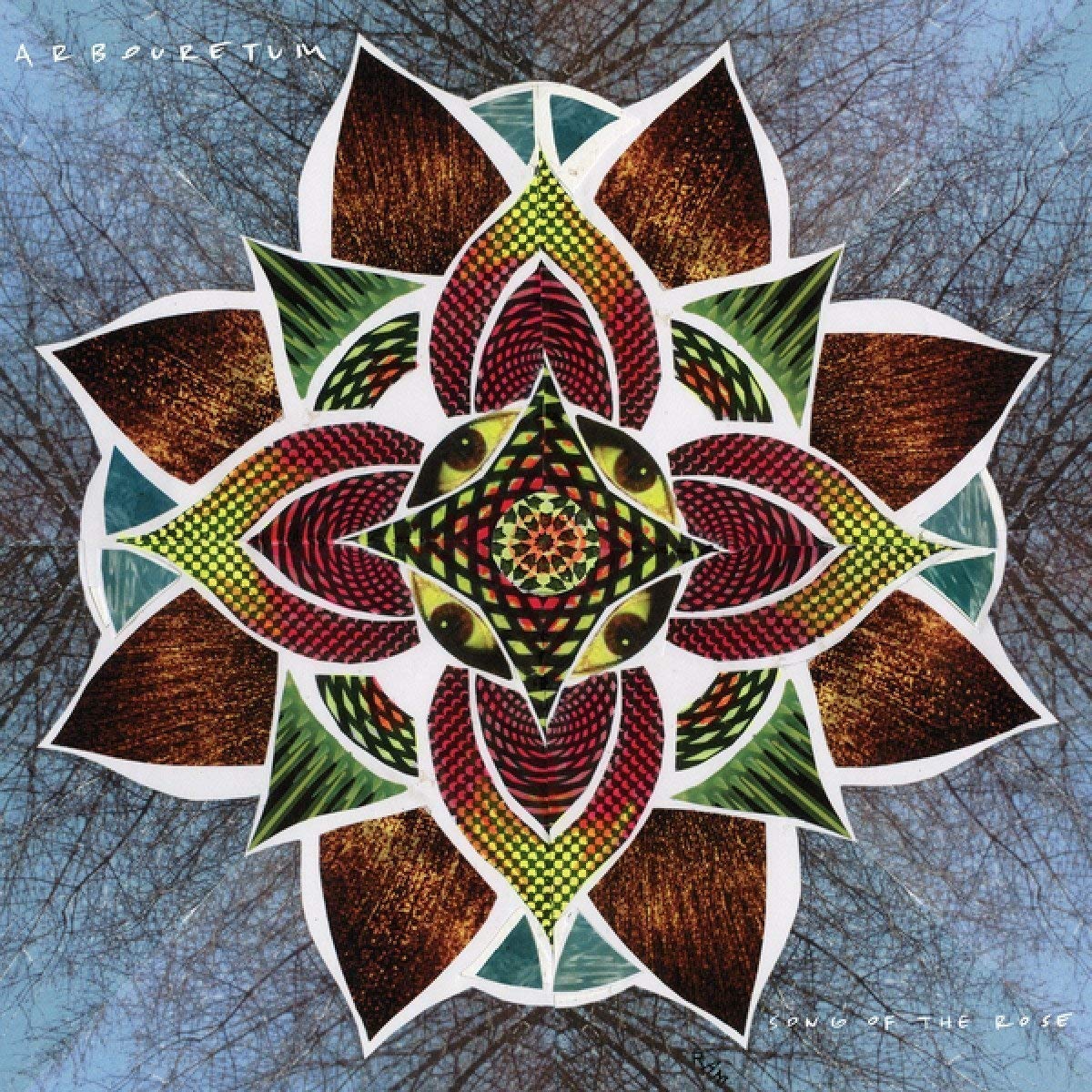
‘Let It All In’
It was such a joy to make this record. Everyone was getting along great and just enjoying each other’s contributions. We had written ‘Let It All In’, the song, before we did the sessions for ‘Song of the Rose’. It seemed to be a bit of an outlier, though, and such a long track that we felt we needed to leave it off of that album. So it became the starting point and the polestar for the next album, with the other songs added to fill the space around it.
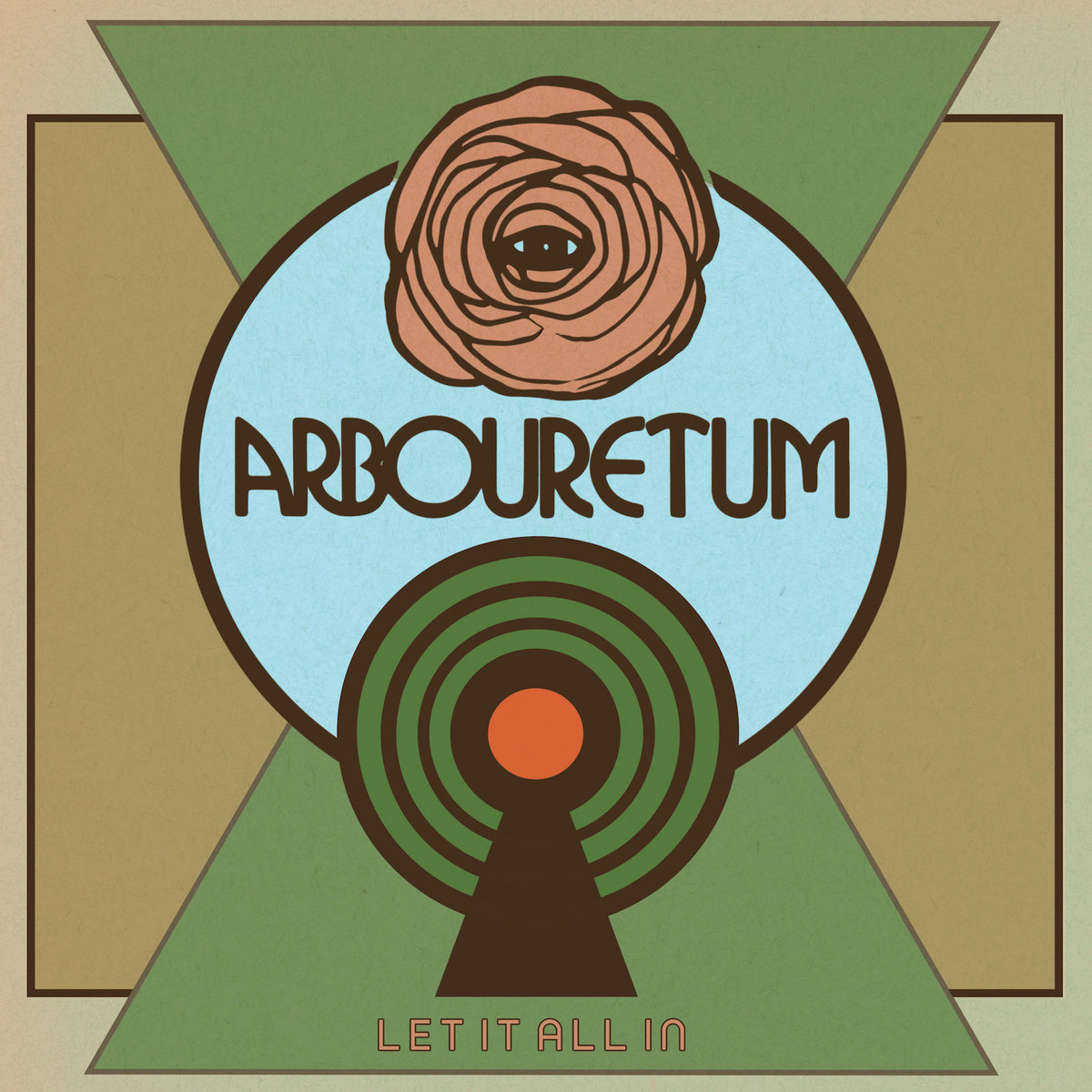
How was it to work on ‘The Wilderness Road’ soundtrack? Did you have freedom when it came to songs for the soundtrack?
I did have a good amount of freedom, yes. The one thing that was specified to me by the director Travis Mills was that it should have a medieval feel throughout. It didn’t need to be played on period instruments or anything, but it needed to feel like early European music. So I spend some time listening to music that was re-created to sound like music written in that time, and that’s what I used to seed my imagination. I would watch scenes from the film and record whatever melodies came to me using my MIDI controller, usually with string patches.
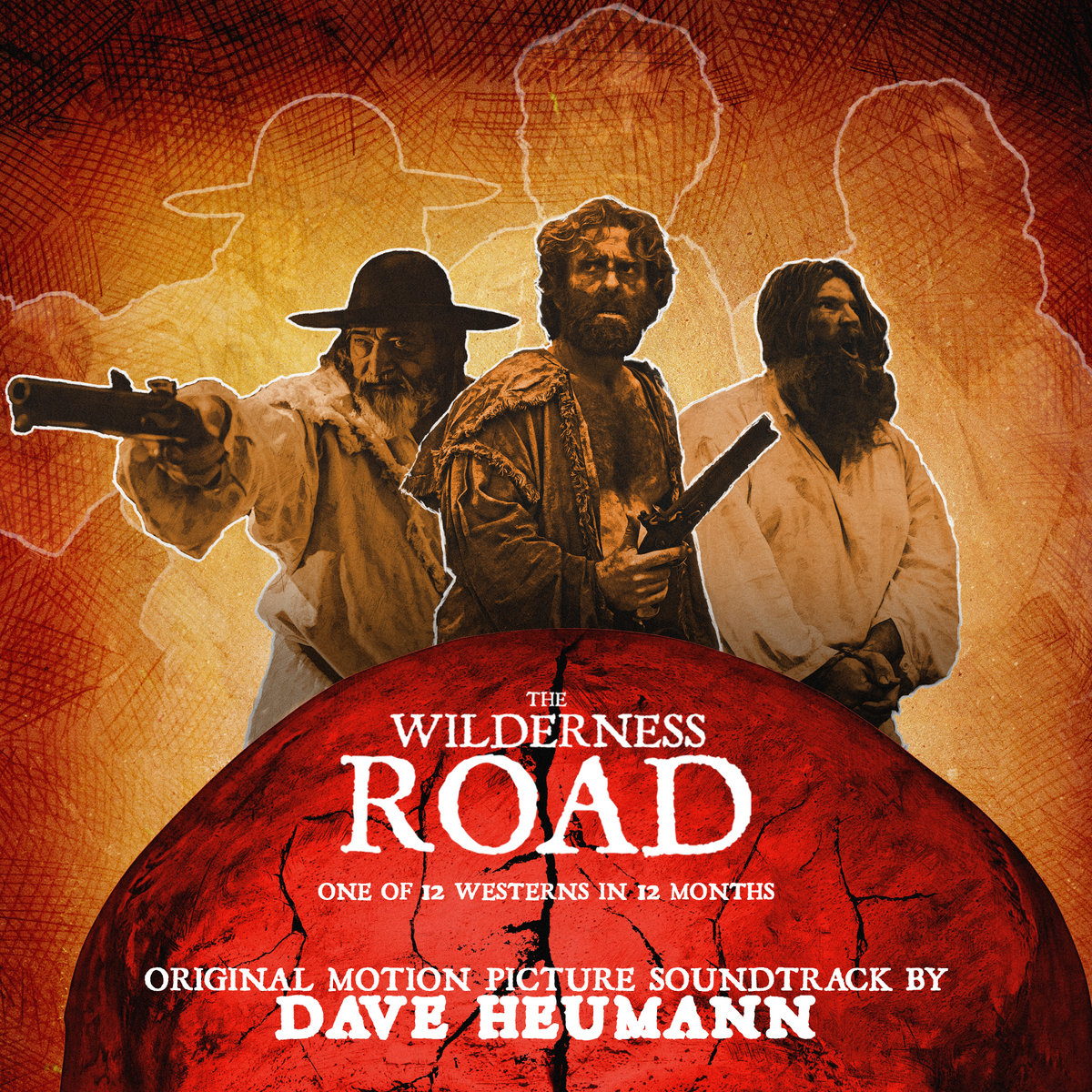
While preparing for this interview, I was browsing through your Discogs page and realized I have another fantastic record by you on vinyl – Coil Sea.
Ah, Coil Sea! For this, I had assembled musicians whom I had played with, but hadn’t all played with each other. I was trying to use the same method that Miles Davis had used on ‘Kind of Blue’, starting with only the most skeletal of sketches and relying on the musicianship of the players to fill it in and give life to the project. We tracked for about a day and a half at Beat Babies studio with Chris Freeland, and once that material was edited down, we still needed more material, so I got another session together at another studio, Lord Baltimore Studio. The tunes, ‘Abyssinia’ and ‘Dolphins in the Coil Sea’, came out of this second session.
What about Television Hill?
Television Hill was a project started by Rob Wilson and was a vehicle for his songwriting. The core band was Rob, me, Walker, and David Bergander. Rob moved to Texas many years ago, stayed there for about five years, and moved back to Baltimore just about two years ago. He’s back at songwriting and I think his new material is as strong as it’s ever been. His next album will probably not be called Television Hill though- it will probably come out under his own name. I’ll play on it and maybe co-produce it.
What’s the current situation in Arbouretum? Can we expect a new album? Can you reveal some exciting news?
We’ve had some changes in life direction with some of the members, which have caused us to put it on hold for a while. I do want to get back to it at some point though, when the time feels right. In the meantime, there will be one performance of a band calling itself “Early Arbouretum”, in Washington DC in September. People who follow my social media pages will be kept apprised of this.
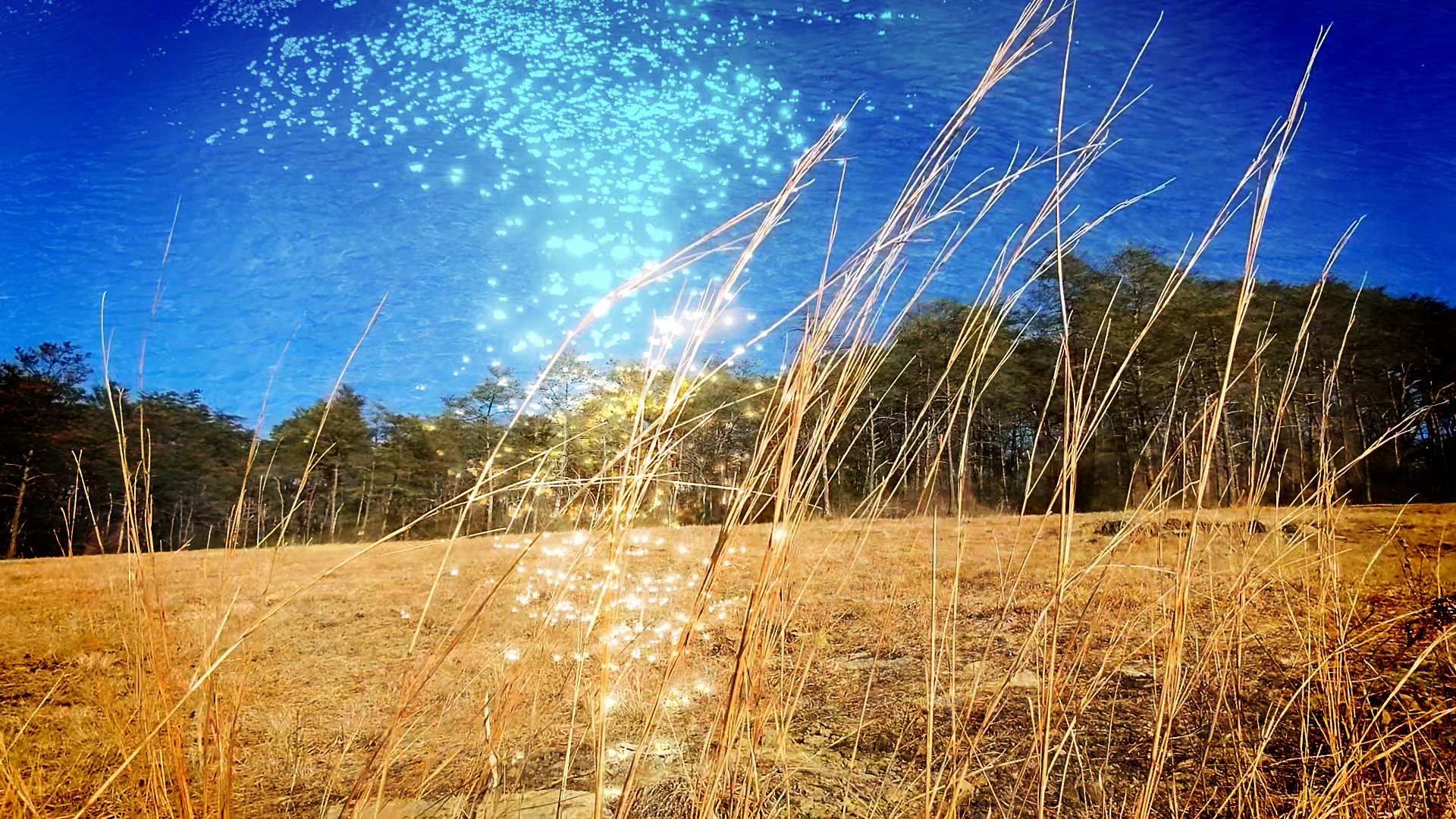
Do you have any active side-projects going on at this point?
Yes. My partner’s album, which has a country/Americana sound, will be out soon. Her project is called Suzannah, and the album is something I co-produced and added a lot of instrumentation to. It’s so good and I hope it will be heard by many pairs of ears.
I’ve also started a band, strictly a live band, called The People’s Longband. It’s a cover band, basically, where we do songs by the Dead, Bob Dylan, Gene Clark, and lots of other artists, and we play deeper cuts by those artists. It’s really something where the intent is to have fun and to play at a high level. We also play for a long time, hence the name.
Then there’s improvised music that I play with the drummer Mike Kuhl. He is an amazing improviser and can play with literally anyone. If John Coltrane were alive today, he’d greatly enjoy playing with Mike. At some point we’ll be releasing an album too, and I hope It’s Psychedelic Baby will cover this.
Klemen Breznikar
Dave Heumann Facebook / Instagram / Twitter / Bandcamp
Sun Cru Official Website / Facebook / Instagram / Bandcamp / YouTube

